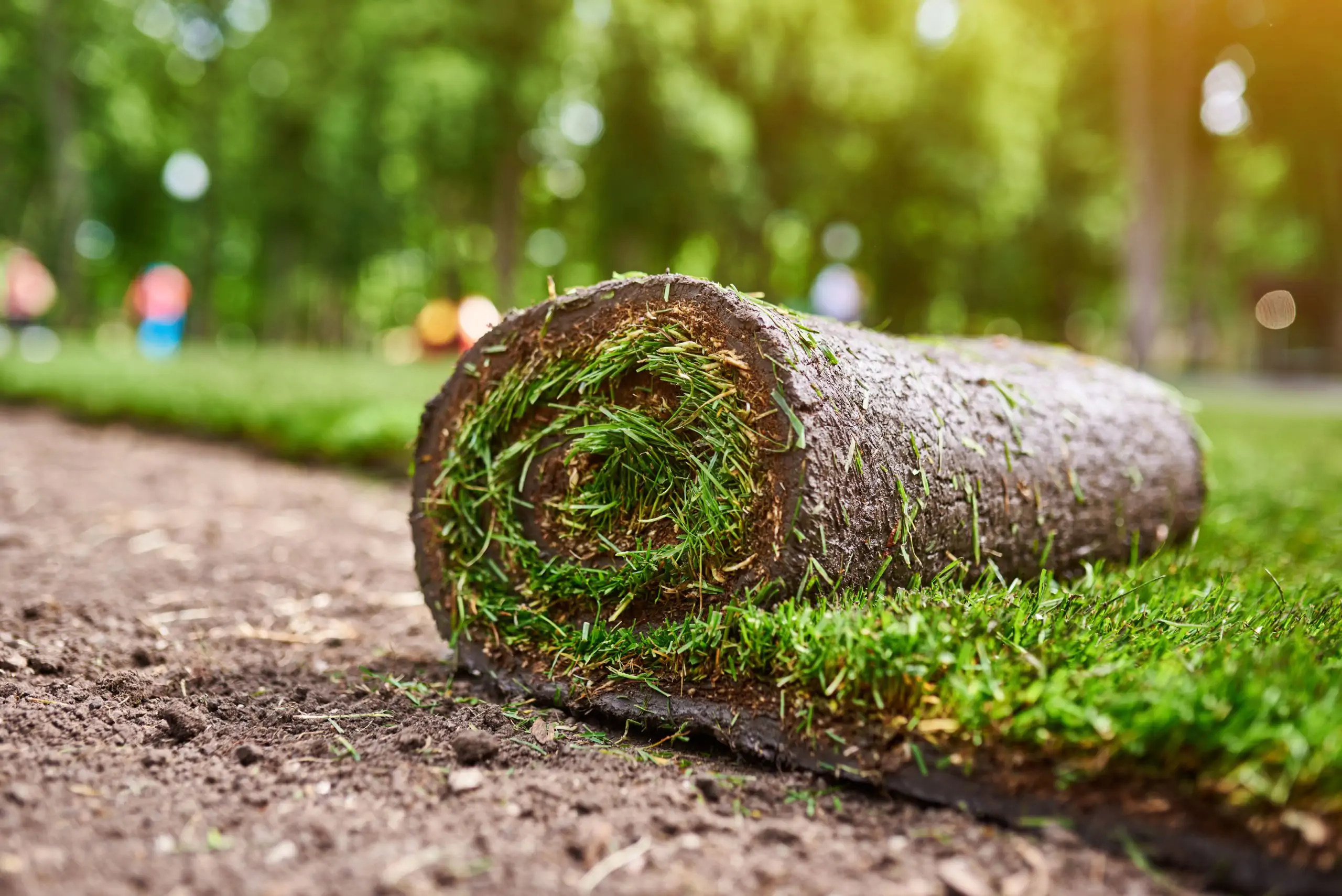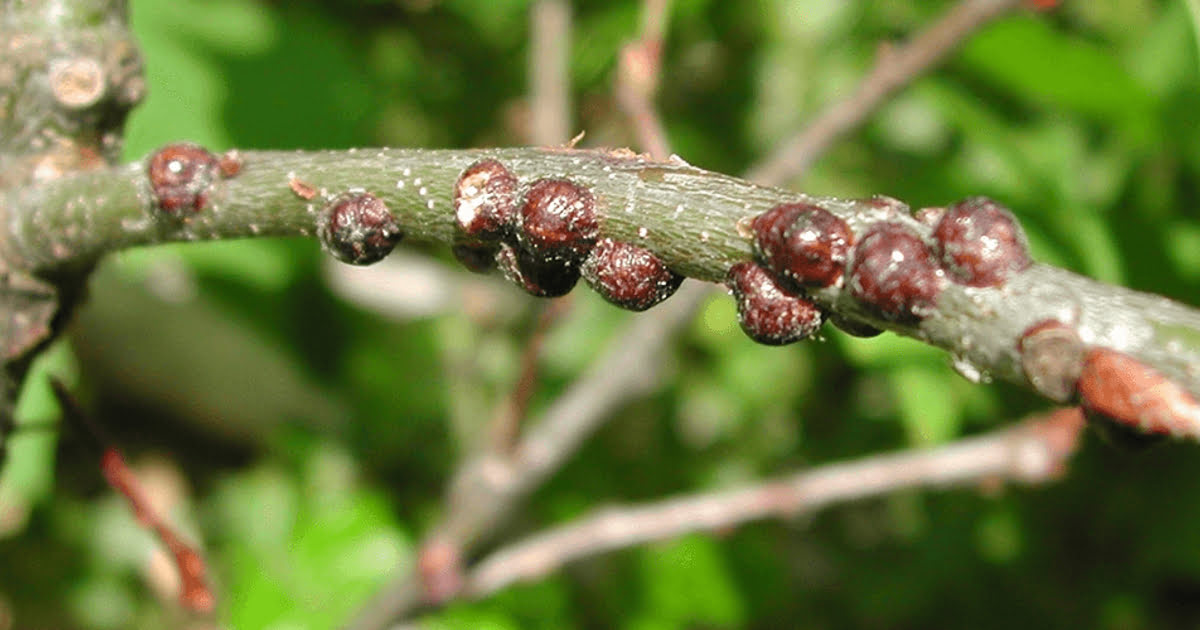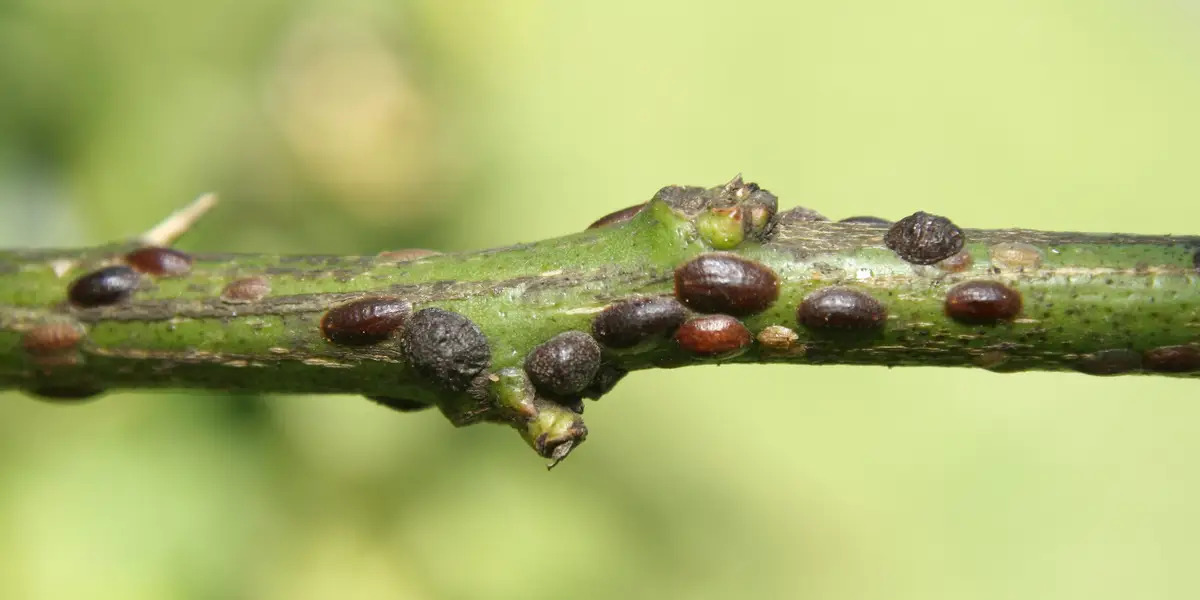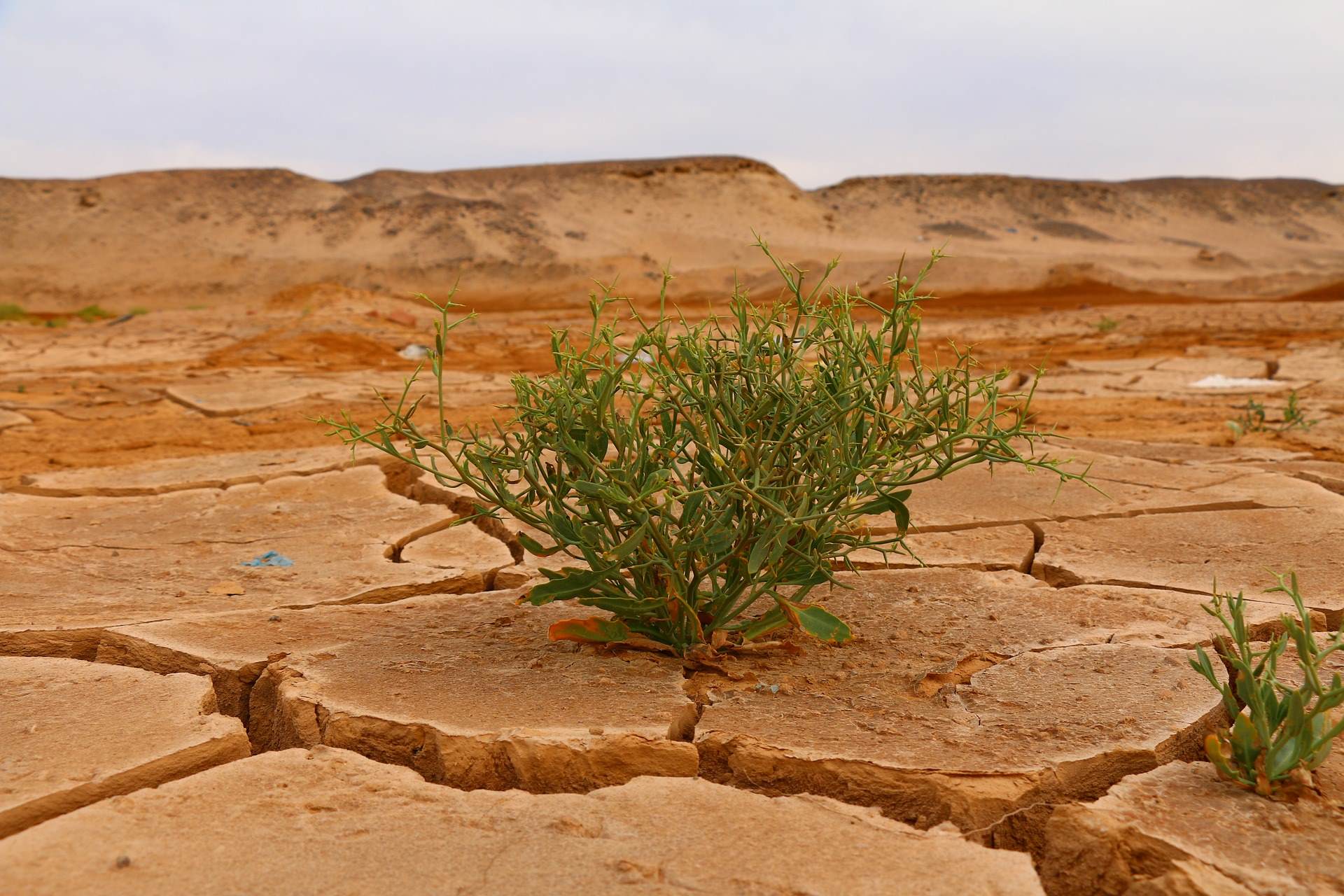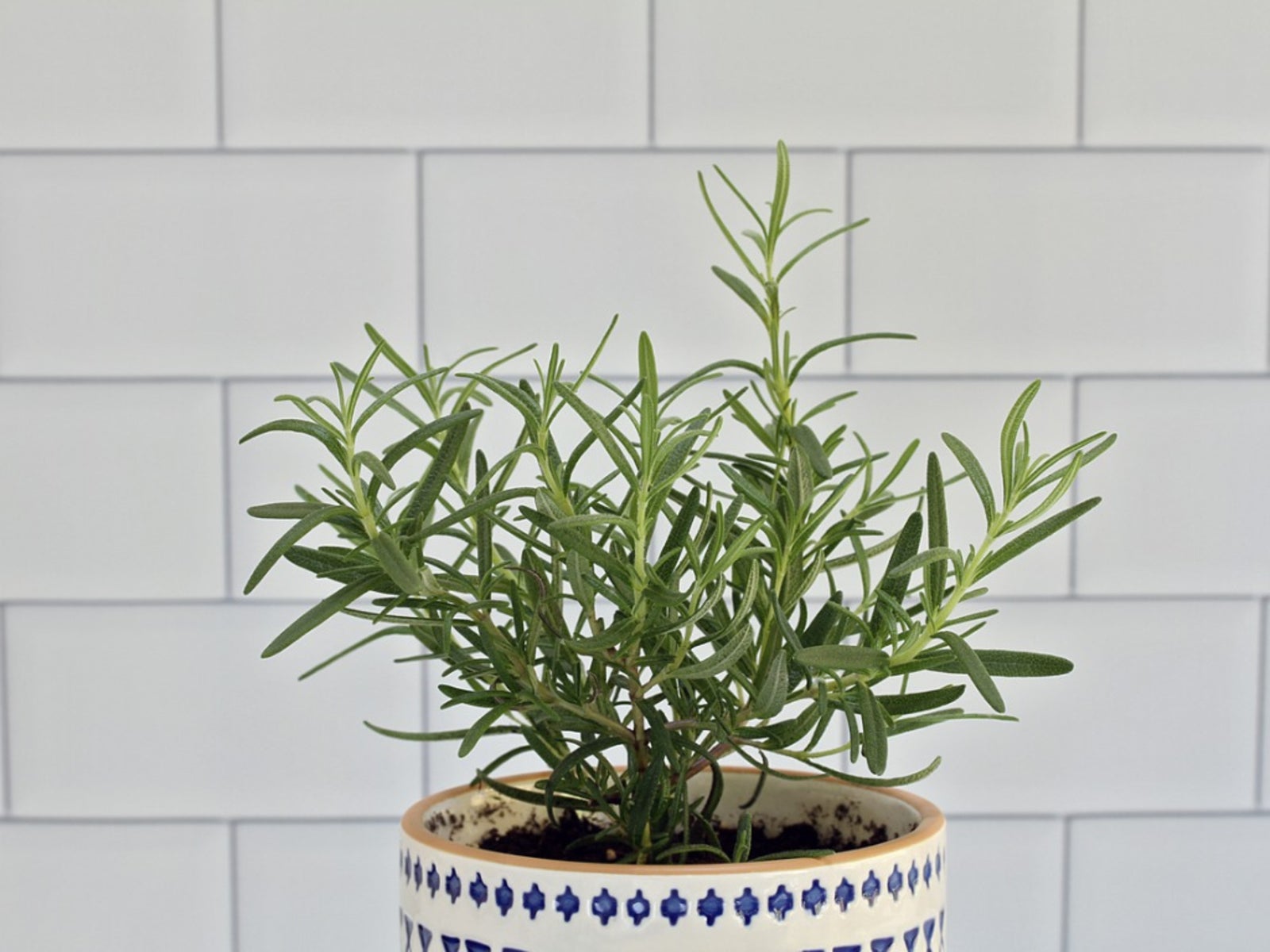Home>Gardening News and Trends>Latest News>How Does An Australian Sundew Plant Catch Insects
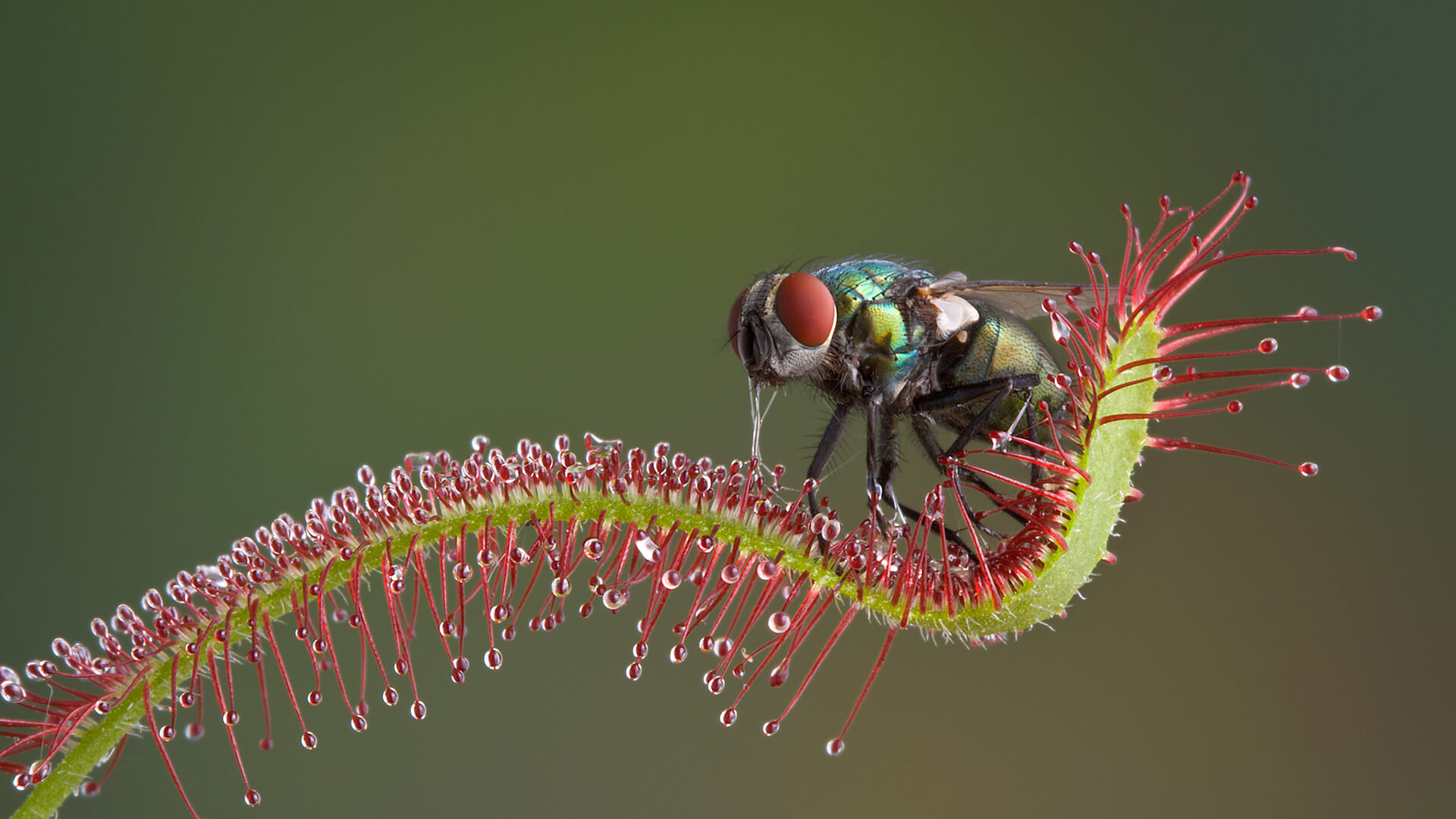

Latest News
How Does An Australian Sundew Plant Catch Insects
Modified: January 22, 2024
Discover the fascinating world of Australian Sundew plants and learn how they effectively catch insects. Read the latest news on these remarkable carnivorous plants.
(Many of the links in this article redirect to a specific reviewed product. Your purchase of these products through affiliate links helps to generate commission for Chicagolandgardening.com, at no extra cost. Learn more)
Table of Contents
Introduction
Welcome to the world of the Australian Sundew plant, a fascinating carnivorous plant that has evolved unique adaptations to survive in nutrient-poor environments. Found primarily in the wetlands and sandy soil regions of Australia, this plant has earned its name due to the glistening droplets of sticky liquid that adorn its leaves, resembling morning dew.
The Australian Sundew plant belongs to the family Droseraceae and is known for its captivating trapping mechanism. While most plants rely on photosynthesis to derive their nutrients, the Sundew plant has taken a different evolutionary path. It has developed specialized leaves that lure, capture, and digest small insects.
This article will delve into the intricate details of the Australian Sundew plant, exploring its anatomy, trapping mechanism, digestion process, and the benefits it derives from catching insects. We will also discuss the plant’s environmental adaptations that help it thrive in its unique habitat.
So, let’s embark on a journey through the enchanting world of the Australian Sundew plant and uncover the secrets of its survival in nutrient-poor environments.
Anatomy of an Australian Sundew Plant
The Australian Sundew plant possesses a unique and intricate anatomy that allows it to effectively capture and digest insects. At first glance, it may appear to be an ordinary plant, but upon closer inspection, its remarkable adaptations become apparent.
The plant consists of a rosette of leaves that emerge from a central stem. These leaves, also known as tentacles, are covered in tiny glandular hairs known as trichomes. Each trichome is topped with a glandular secretion that glistens, giving the plant its renowned dew-like appearance.
These trichomes serve a crucial purpose in the Sundew’s trapping mechanism. At the microscopic level, the tips of the trichomes are adorned with sticky droplets that resemble tiny pearls. These droplets contain a sugary, adhesive substance that lures unsuspecting insects to their demise.
The leaves of the Australian Sundew plant are further equipped with sensitive trigger hairs, strategically positioned amongst the trichomes. When an insect, such as a fly or mosquito, lands on a leaf, it unknowingly triggers these sensitive hairs. This triggers a rapid response from the plant, initiating the closure of the leaf around the prey.
As the leaf wraps around the captured insect, the sticky trichomes entangle the prey, preventing escape. The more the insect struggles, the more entangled it becomes, sealing its fate.
What truly sets the Australian Sundew plant apart is its ability to distinguish between living prey and inanimate objects. Its sensitivity to touch allows it to only respond to the movements of potential prey, ensuring energy isn’t wasted on false alarms.
The complex anatomy of the Australian Sundew plant demonstrates the remarkable adaptations it has developed to ensnare its prey effectively. By understanding its unique features, we can gain insights into the complexity and diversity of the natural world.
Trapping Mechanism of Australian Sundew Plant
The trapping mechanism of the Australian Sundew plant is a marvel of natural engineering. Through a combination of sophisticated adaptations, it lures, captures, and entraps small insects, ultimately providing a vital source of nutrients for its survival.
As mentioned earlier, the sticky droplets present on the trichomes of the Sundew’s leaves serve as the initial attraction for insects. These droplets, composed of a sugary adhesive substance, act as alluring bait, enticing unsuspecting prey to land on the plant’s leaves.
When an insect lands on a leaf, it unknowingly triggers the sensitive trigger hairs nestled among the trichomes. This action sets off a rapid response in the plant, causing the leaf to fold and wrap around the insect. The sticky trichomes entangle the prey, making escape nearly impossible.
While ensnared, the digestive process begins. The plant secretes a combination of enzymes onto the trapped insect, which starts to break down the prey’s soft tissues. These enzymes primarily consist of proteases, which help break down proteins, and other hydrolytic enzymes that aid in the digestion of carbohydrates and fats.
Over a span of several hours, the Sundew plant gradually absorbs the nutrients released by the digested insect. The sticky liquid that once acted as a trap now acts as a nutrient-rich fluid, providing sustenance to the plant.
The trapping mechanism of the Australian Sundew plant is not only fascinating but also highly efficient. Its ability to distinguish between living prey and inanimate objects ensures that energy is not wasted on futile captures, enhancing its ability to thrive in nutrient-poor environments.
It’s worth noting that the Sundew’s trapping mechanism is not limited to just insects. In some cases, small organisms such as mites or even pollen grains may be entrapped. While these are not the primary source of nutrients, they serve as a supplementary food source when insects are scarce.
The intricate trapping mechanism of the Australian Sundew plant showcases the remarkable adaptations it has developed to secure its vital source of nutrients. This unique way of capturing prey highlights the infinite wonders of the natural world.
Digestion Process in Australian Sundew Plant
The digestion process in the Australian Sundew plant is a finely tuned and efficient mechanism that allows it to break down and absorb nutrients from captured prey. Through the secretion of specialized enzymes and the utilization of nutrient-rich fluids, the plant maximizes its nutrient intake from the digested insects.
When an insect becomes trapped on the leaves of the Sundew plant, the first step in digestion begins. The plant secretes a mix of digestive enzymes onto the prey, primarily consisting of proteases. Proteases are enzymes that break down proteins into smaller peptides and amino acids.
As the enzymes come into contact with the insect, they start to break down the proteins present in the prey’s body. This process liquefies the insect, allowing the Sundew plant to absorb the released nutrients more easily.
The enzymes secreted by the Sundew plant are specifically designed to work in an acidic environment. This is achieved by maintaining a low pH level within the digestive fluid. The acidic environment enhances the activity of the enzymes and facilitates the breakdown of proteins, carbohydrates, and fats present in the prey.
Over a period of several hours, the enzymes continue to hydrolyze the proteins, breaking them down into smaller peptides and ultimately into amino acids. These amino acids, along with other nutrients released during the digestion process, are then absorbed by the Sundew plant through its leaves.
The absorption of nutrients occurs through specialized cells known as glandular cells, which are present on the surface of the Sundew’s leaves. These cells take up the digested nutrients and transport them to the rest of the plant, where they are utilized for growth and development.
The digestion process in the Australian Sundew plant is a vital part of its survival strategy. By obtaining nutrients from captured insects, the plant is able to compensate for the lack of essential nutrients in its environment.
This adaptation allows the Sundew plant to thrive in nutrient-poor habitats where other plant species would struggle to obtain the necessary resources for growth and reproduction.
Overall, the digestion process in the Australian Sundew plant showcases the plant’s ability to utilize unique adaptations to obtain essential nutrients. It serves as a testament to the diverse and ingenious ways that plants have developed to overcome environmental challenges.
Benefits of Catching Insects for the Australian Sundew Plant
The Australian Sundew plant has evolved to rely on catching and consuming insects as a crucial part of its survival strategy. There are several benefits that the plant derives from this carnivorous behavior, allowing it to thrive in nutrient-poor environments.
First and foremost, catching insects provides the Australian Sundew plant with a rich source of nutrients. In nutrient-poor soils, where essential minerals like nitrogen and phosphorus are scarce, the plant can supplement its diet by digesting insects. This allows it to obtain the necessary nutrients for growth, reproduction, and overall health.
Insects are a highly concentrated and readily available source of essential nutrients. By catching and digesting these small organisms, the Sundew plant can efficiently extract important compounds such as proteins, amino acids, carbohydrates, and fats. These nutrients play a vital role in the plant’s metabolic processes and provide the energy required for various physiological functions.
Furthermore, catching insects also contributes to the Sundew plant’s competitive advantage in its environment. In nutrient-poor habitats, where resources are limited, the ability to capture and utilize alternative food sources sets the plant apart from non-carnivorous plant species. By absorbing nutrients from insects, the Sundew plant can thrive and outcompete other nearby plants, increasing its chances of survival and reproduction.
Additionally, the act of catching insects plays a crucial role in seed production for the Australian Sundew plant. Research has shown that Sundew plants that are able to catch and digest insects produce larger and more viable seeds compared to those that rely solely on photosynthesis for nutrients. This suggests that the additional nutrients obtained from insects contribute to the plant’s reproductive success, ensuring the propagation of future generations.
Moreover, catching insects also serves as a form of natural pest control. By feeding on small insects like flies, mosquitoes, and gnats, the Sundew plant helps control their populations. This can have a positive impact on the surrounding ecosystem by reducing the abundance of potential pests and minimizing the spread of disease.
The benefits of catching insects for the Australian Sundew plant are manifold. From providing essential nutrients for growth and reproduction to gaining a competitive advantage in nutrient-poor environments, this unique adaptation allows the Sundew plant to thrive where other plant species would struggle.
Overall, the carnivorous behavior of the Australian Sundew plant showcases the incredible adaptability and resourcefulness of plants in finding alternative ways to survive and thrive in challenging environments.
Environmental Adaptations of Australian Sundew Plant
The Australian Sundew plant has developed several remarkable adaptations that allow it to thrive in its unique and challenging environment. These adaptations enable the plant to overcome the limitations imposed by nutrient-poor soils and compete successfully for resources.
One of the key environmental adaptations of the Sundew plant is its carnivorous behavior. By catching and digesting insects, the plant can obtain essential nutrients that are scarce in the surrounding soil. This adaptation allows the Sundew plant to survive in nutrient-poor environments where other non-carnivorous plants struggle to obtain sufficient resources for growth and reproduction.
The unique leaf structure of the Australian Sundew plant is another important adaptation. The tentacle-like leaves covered in sticky trichomes and glandular hairs help entrap insects effectively. The adhesive secretions on the trichomes not only attract insects but also prevent escape once the prey has been captured. This leaf structure, combined with the sensitivity of trigger hairs, ensures that the plant efficiently captures prey while minimizing energy expenditure on false captures.
The plant also possesses specialized enzymes for the digestion of captured insects. The secretion of proteases and other hydrolytic enzymes allows the Sundew plant to break down proteins, carbohydrates, and fats present in the prey’s body. This adaptation enables efficient nutrient absorption and utilization, providing the plant with essential resources for growth and survival.
In addition to its carnivorous behavior, the Australian Sundew plant demonstrates adaptations to the unique environmental conditions found in its habitat. The plant exhibits remarkable drought tolerance, allowing it to survive in areas where water availability is limited. Its ability to withstand drought is attributed to its succulent leaves, which are capable of storing water for extended periods.
Furthermore, the Sundew plant has adapted to grow in acidic soils, which are typically low in essential nutrients. It has developed mechanisms to tolerate and thrive in these acidic conditions, allowing it to colonize areas where other plant species struggle to survive.
The Sundew plant also exhibits adaptations for efficient nutrient uptake. The presence of glandular cells on the leaves enables the plant to efficiently absorb and transport the nutrients obtained from digested prey. This adaptation ensures that the plant can make the most of the available resources and maximize its nutrient utilization.
Overall, the Australian Sundew plant has evolved several key environmental adaptations that enable it to flourish in nutrient-poor environments. Its carnivorous behavior, unique leaf structure, drought tolerance, adaptation to acidic soils, and efficient nutrient uptake mechanisms all contribute to its ability to survive and thrive where other plant species would struggle.
Conclusion
The Australian Sundew plant, with its captivating trapping mechanism and unique adaptations, exemplifies nature’s ingenuity and resourcefulness. These carnivorous plants have evolved to thrive in nutrient-poor environments by catching and digesting insects, supplementing their diet with essential nutrients.
From its intricate leaf structure adorned with sticky trichomes to its sensitive trigger hairs, the Sundew plant has perfected the art of capturing unsuspecting prey. This trapping mechanism not only provides the plant with a vital source of nutrients but also gives it a competitive advantage in its environment.
The digestion process of the Sundew plant, facilitated by specialized enzymes and nutrient-rich fluids, allows for the efficient breakdown and absorption of nutrients from captured insects. This unique adaptation ensures that the plant can make the most of its resources and thrive in environments where other plants would struggle to survive.
The benefits of catching insects extend beyond nutrition. The Sundew plant acts as a natural form of pest control, helping to regulate populations of small insects and minimize the spread of diseases in its surrounding ecosystem.
Furthermore, the Australian Sundew plant exhibits remarkable adaptations to its environment. Its ability to tolerate drought and grow in acidic soils showcases its resilience and adaptability to challenging conditions. These adaptations further enhance its ability to thrive in nutrient-poor habitats and outcompete other plants in the quest for resources.
The Australian Sundew plant serves as a testament to the incredible diversity and complexity of the natural world. Its intricate anatomy, trapping mechanism, digestion process, and environmental adaptations captivate our imagination and deepen our understanding of the possibilities of life’s adaptations.
Studying and appreciating the Australian Sundew plant and its extraordinary survival strategies not only reveals the wonders of nature but also reminds us of the interconnectedness and interdependence of all living organisms.


